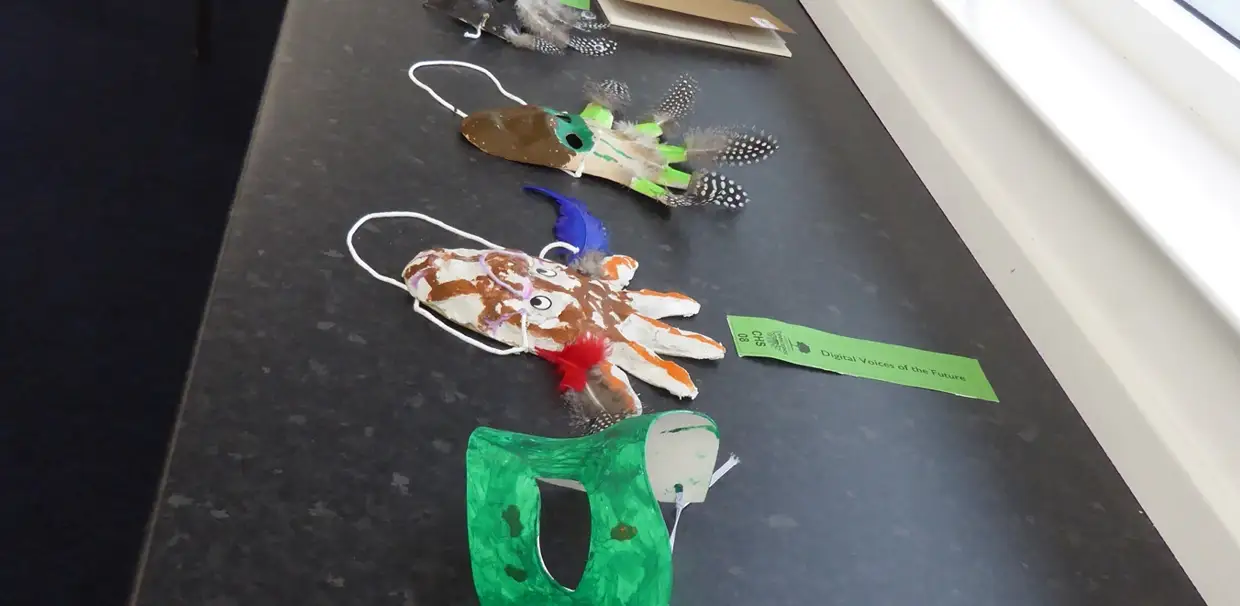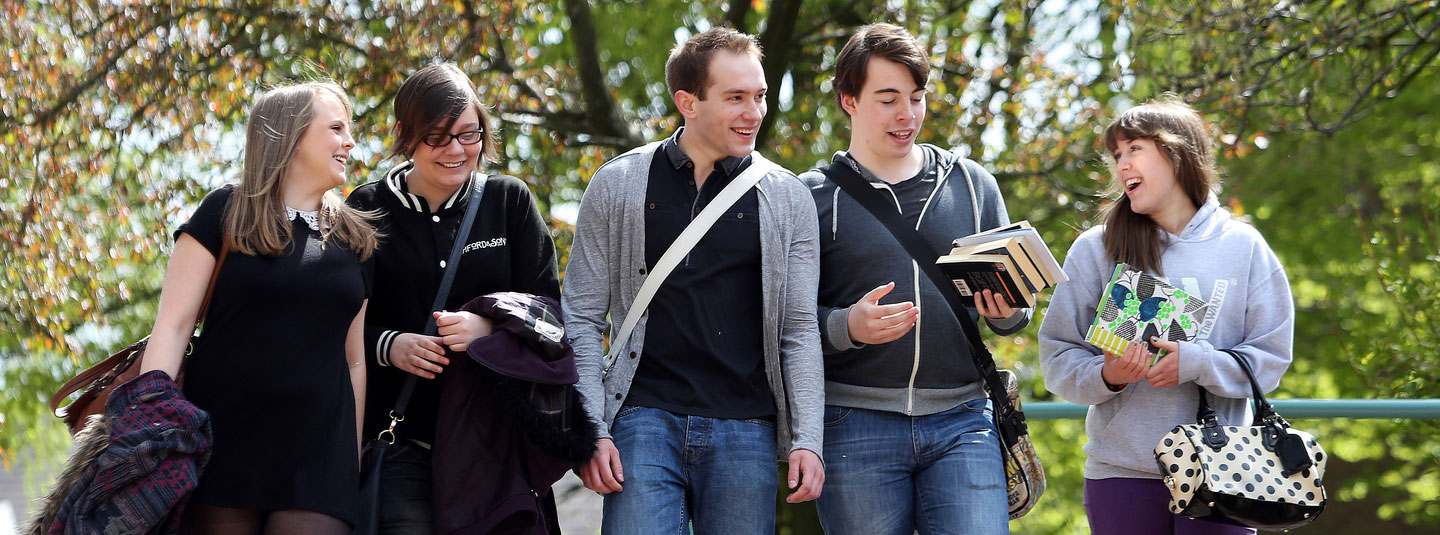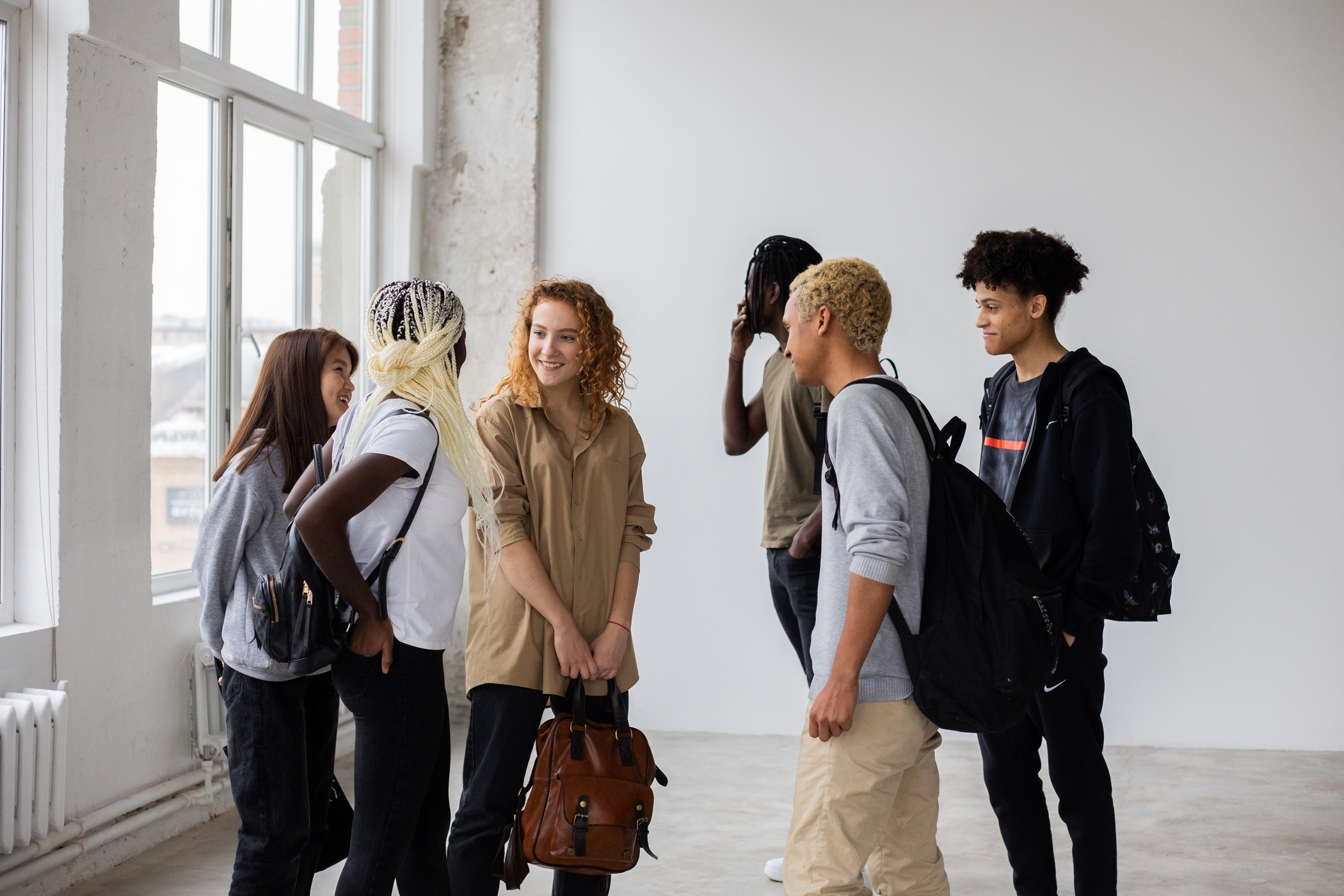
A week or two after our 3rd project encounter, where the children imagined and shared their ideas of game characters and narratives, Johan offers some of the philosophical grounding that underpins Digital Voices of the Future
One of the dawning realisations of childhood is that of the gap between what we can imagine and what we can do. Reality resists the ease of our imagination and sometimes this leads us to prefer flying in fantasy to putting in the work. During the time we spent working on landscapes and characters for our computer game with children at Parklands Primary School and Ellesmere Port Catholic High School, I heard quite a few sighs of exasperation, when someone got stuck in the gap between what they had in mind and what they had been able to shape in material reality, clay, paint, wood and leaves.
Yet that gap is also the gap of virtual reality itself. What is virtual is not simply in our heads at the moment we think of it. It has some existence of itself. Think for example of the Marvel Universe. Or Hamlet. Or the irrational numbers. Our capacity to imagine, to move beyond the factually present, opens up to us the ontological space of virtual existence. And for a child, this is the space of play.
In that space we are able to become different persons, different beings, to do things that we can’t do in our factual lives but that can sometimes put that life in a new light, give it new meaning. In play alternative realities can be explored as they can, for example, in daydreams or in mind wandering. And so play can provide energy and inspiration for transformative action. The virtual space is itself coloured in the hue of hope.
The frustration of resistance and the agency of hope clashed sometimes in the workshops that we had. That experience has its analogue in a deeper-seated, pervasive sense of anxiety and hopelessness that more an more pervades our societies. Many young people feel that the future is already lost and that all action to make it otherwise is pointless. The climate crisis has turned into a discourse of hopelessness that sometimes assumes mythological proportions in the minds of people, young and old.
Ernst Bloch said that we have learn how to hope. Education is above all the education of hope. And that would mean that education teaches us how to occupy that virtual space between what is and what is possible. Such an education would start with play. Within the coordinates of play it would discover an imminent capacity for critique. Our imaginations may be in conflict with what we can do here and now, but in the space of play both sides, as it were, come to correct each other until we find that spot where our ideas are geared towards what is possible and our factual capacities as well. We then see what can be done and what lies in an as-yet distant horizon. This is the point at which hope becomes, to use another term Bloch liked, concrete.
In a world of climate crisis and environmental destruction, nurturing the sources of concrete hope seems to be crucial in curbing the apathy of catastrophising feelings, without becoming unrealistically optimistic, which is equally paralyzing. “Can hope be disappointed?”, Bloch once asked. “And how. It even has to be disappointed, otherwise it would not be hope but certainty.”
And so even the frustration that we feel when we want to get things just right but they won’t comply, is part of the process.
The recalcitrance of things: isn’t that also what we experience in the climate crisis itself? Things won’t adapt to our schemes and plans as easily as we may have thought. Perhaps a philosophy of recalcitrance would discover that everything has its own reality and doesn’t necessarily fit in with that of other things. And yet everything, we, nature, the universe, is somehow together.
Hope brings us together but, equally, the togetherness of things is in a sense virtual, a yet-to-come possibility. In the history of the word “game” we can see an articulation of this curious relation between togetherness and virtuality, or play. This Germanic word has long-since been associated with joy, fun amusement and play. Its root appears to lie in a Proto-Germanic prefix “ga”, signifying a collective, and the noun “mann”, person. A game is “people together”. And that is a place of frustration, and of hope. The Digital Voices of the Future project aims to create a game that will allow its players to get in touch with these layers of meaning that lie buried in the words we use to imagine what might be.

Mixing the use of craft materials, feathers and paints enables vivid masks of characters to be developed, but often stimulates the frustration that the final mask does not perfectly represent the child’s vision. Having the models of game worlds on the tables whilst the children think of their characters enables connections to be drawn that will emerge within the games.
WANT TO FIND OUT MORE ABOUT OUR COURSES?
If you have a curiosity about the natural world, wish to pursue a career in science, or spend your future working in the great outdoors - we have some ideal course options to get you started.


.jpg)

